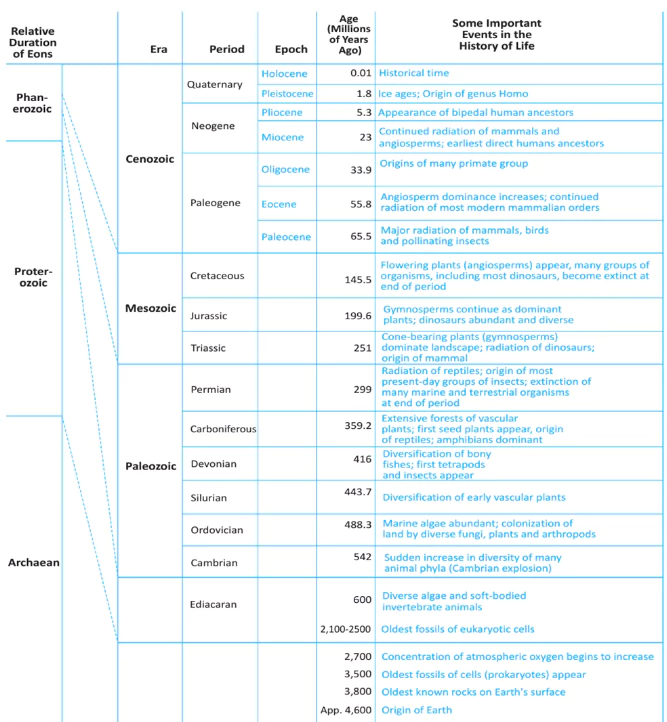![]() April 26, 2024
April 26, 2024
![]() 9855
9855
![]() 0
0
Evolution of Earth is a journey of cosmic processes, geological transformations, and biological evolution. Understanding the origin and evolution of Earth sheds light on our planet’s history and provides insights into the broader context of the universe and the conditions that sustain life. This exploration is all about looking into different areas like space, rocks, chemicals, and living things to figure out what happened in the history of our planet.
| Must Read | |
| Current Affairs | Editorial Analysis |
| Upsc Notes | Upsc Blogs |
| NCERT Notes | Free Main Answer Writing |
| Timeline | Event |
| 13.7 billion years ago | Event of Big Bang |
| 5-6 billion years ago | Formation of stars |
| 4.6 billion years ago | Planets were formed |
| 4.4 billion years ago | Moon was formed |
| 4000 million years ago | Formation of oceans |
| 3800 million years ago | Life began to evolve |
| 2500-3000 million years ago | Process of Photosynthesis got evolved |
Geological Time Scale

The Earth formed approximately 4.5 billion years ago through the accretion of cosmic dust and gas in the early solar system. Over time, it underwent significant geological and biological changes, shaping its surface and atmosphere. These changes include the formation of oceans, continents, and the emergence of life forms. The Earth continues to evolve, influenced by natural processes and human activities. Understanding the origin and evolution of our planet provides crucial insights into its past, present, and future.
| Related Articles | |
| THE STRUCTURE OF EARTH | Origin Of Earth |
| Earth’s Atmosphere: Key Components & Composition of Atmosphere | OUR SOLAR SYSTEM |
| ORIGIN OF UNIVERSE: THE BIG BANG THEORY | |
<div class="new-fform">
</div>
Latest Comments